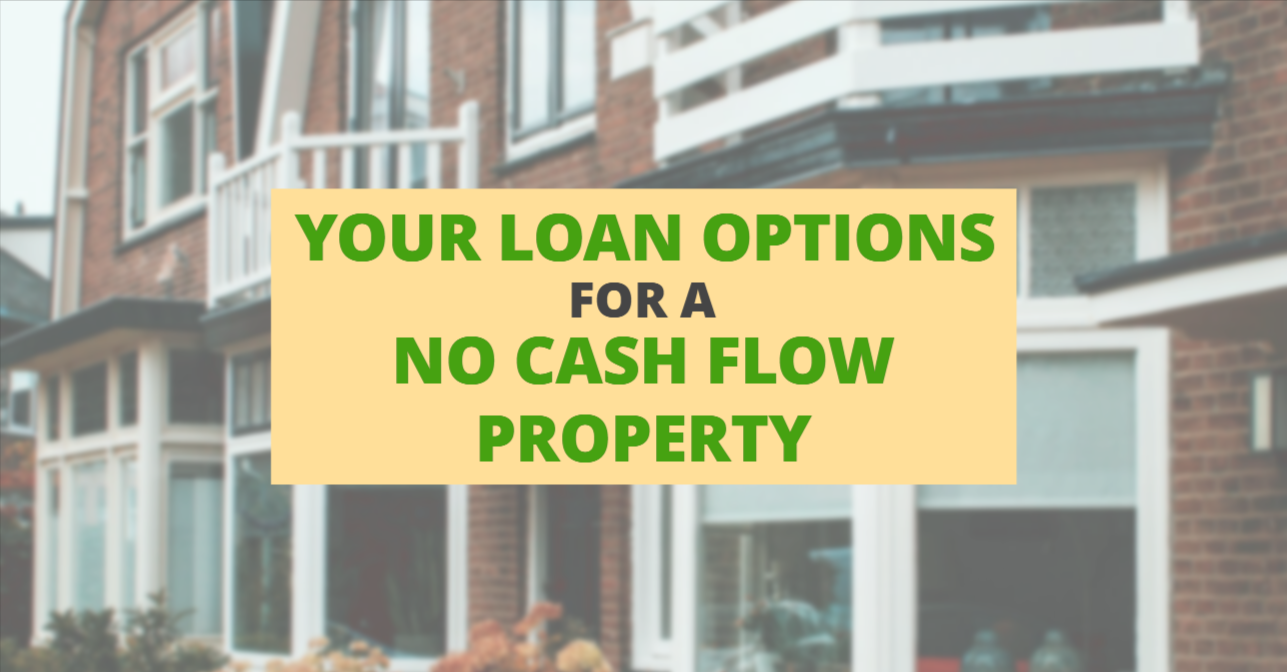How income impacts your real estate loan options (and other requirements you need to know in this market).
The mortgage industry is constantly changing, and not to the advantage of borrowers.
If you’re in a situation with a property that isn’t cash-flowing, you want to get locked in somehow – whether with a 30-year product or a 3-year one.
Loan options are changing just about daily – to the detriment of buyers. Credit score requirements are going up, loan-to-values are going down, and rates are steadily rising.
Here’s what you need to know (especially to refinance a property that has negative cash flow).
Credit Requirements for Loans
Just as you care about the financial health and responsibility of your tenants, the bank cares about the same for you. The expectations from banks become stricter when money is as tightened like it is now.
Credit requirements specifically have increased. You’ll have a hard time finding any loan at all in this market if your score is below a 680. To get better terms and rates, you’ll have to have a score in the mid-700s.
Income Impacts Your Real Estate Loan Options
Income is an important part of the underwriting process for any loan, but especially so on a property that isn’t cash flowing. Different types of loans will have different income requirements.
How Income Impacts Traditional Loans
Your income matters most if you’re attempting to get a traditional loan or other bank loan. Even if a property is negatively cash flowing, you can still get a traditional loan based on your income. If you make enough money (from a W2 job, other investment properties, etc.), banks will gladly offer you a loan.
As long as your income can cover the property’s costs, then the rent income doesn’t matter so much for a traditional loan.
Income for Bridge and DSCR Loans
Let’s say the property has no or negative cash flow and you don’t have a strong enough income for the banks’ requirements. In that case, a bridge or DSCR loan is a better option for your property that isn’t cash flowing.
Neither a bridge loan nor a DSCR loan rely on your personal (or business) income at all. A DSCR loan typically works based on the ratio of your rent and your expenses, but there are also no-ratio or negative DSCR loans available.
Terms and LTVs: Your Real Estate Loan Options
The length of time, or term, of your loan is important to consider when you have a property that isn’t cash flowing.
Why you need a loan in this circumstance comes down to two reasons:
- You need to lock in a loan before the market gets worse.
- You need that loan to carry you until the market improves.
LTVs are also important, and will dictate whether or not you can afford this new loan.
Traditional Loans
There are a lot of options for a traditional loan on a property that’s not cash flowing. Some will work better for your property than others.
Many bank terms are between 3- to 7-years fixed, amortized over 20 or 30 years. These loans are useful for non-cash-flowing properties because that three, five, or seven years can bridge you into the next season where rates will come down.
If you can qualify for one of these traditional loans, your maximum potential loan-to-value in this market is 75%. Bank loans will offer the highest LTVs out of all of your real estate loan options in this situation.
Bridge Loans
The term of a bridge loan is typically one or two years. If you know you’ll have an exit after that year or two, bridge loans are a great option.
Bridge loans are easy and fast. However, it’s possible interest rates won’t go down within that 1- to 2-year term, so you may be stuck refinancing into a second bridge loan, or other loan.
Additionally, the LTVs on bridge loans average 60-70% maximum.
DSCR Loans
There are many different types of DSCR loans available, with varying terms.
They traditionally go for 30 years. However, there are other options, including interest-only 40-year or 3- to 7-year fixed loans.
LTVs also take a hit with DSCR loans, averaging around 65-70%.
How Income Impacts Real Estate Loan Options
If you need a loan for a non-cash-flowing property, see if you can qualify for a traditional loan first. Their high LTVs make them the best, but their income requirements may be tough to meet.
Read the full article here.
Watch the video here:
https://youtu.be/AQ-zcRBQB9c


